For our fourth blind tasting blog, we decided to blind taste eight different mezcals made from agave Cuixe. Similar to agave Madrecuishe, agave Cuixe is popular for use in mezcal. Agave Cuixe mezcals are often made from wild-harvested agaves (though they can be cultivated) and tend to be less sweet and have earthy and grassy flavors. Cuixe mezcals are usually less expensive than mezcals made from agaves Tepextate or Tobala but more expensive than agave Espadin mezcals. As always, doing a blind tasting yielded some interesting results.
How can I set up a blind tasting? Read our first blind tasting blog for detailed instructions
Agave Cuixe
Agave Cuixe (also spelled Cuishe or Cuish) is a sub-varietal of agave Karwinskii which is a popular family of agave in mezcal production. Madrecuixe, Bicuixe, Cirial, Barril, Sanmartín, Largo, Tripón, and Tobaziche are some of the other names used for the various Karwinskii agaves. The names can vary greatly by region and it can be difficult to find consistency. It is important to note that a producer in one village might refer to an agave in their field as agave Cuixe whereas a few miles away the locals might call the same plant agave Barril. To add to the confusion, in Santa Catarina Minas, their agave “Cuishe” mezcal is an agave Rhodacantha which is a completely different agave which you may know as Mexicano or Dobadaan.
Karwinskiis are relatively easy to identify because they grow vertically and their stalks are long. When harvested, they don’t have a round piña but rather a long cigar-shaped piña. Karwinskiis vary in size and shape and are often named accordingly. For instance, Largo is “long” while Tripón (“pot-bellied”) and Barril (“barrel”) are more stout. The most popular Karwinskii for mezcal production, Agave Madrecuixe, is grown throughout Oaxaca to serve as natural fencing and is known as the “mother” protector of the land. Certain regions like Miahuatlán are known for their exceptional agave Karwinskii mezcals. These agaves take around 12-15 years to reach maturity. Compared to other agaves, Karwinskiis also have about 25% less sugar content which has a big impact on flavor.
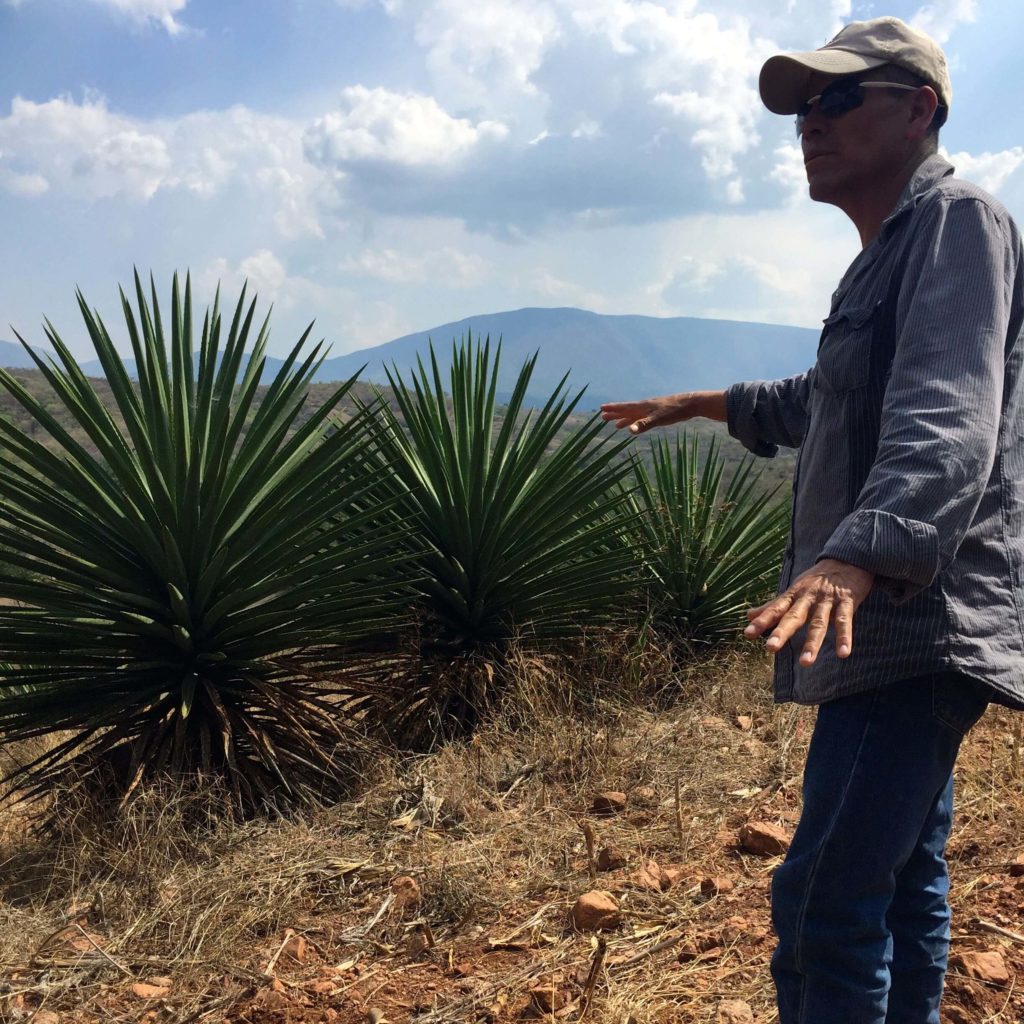
Cultivated agave Karwinskii (Sanmartín) in Ejutla, Oaxaca
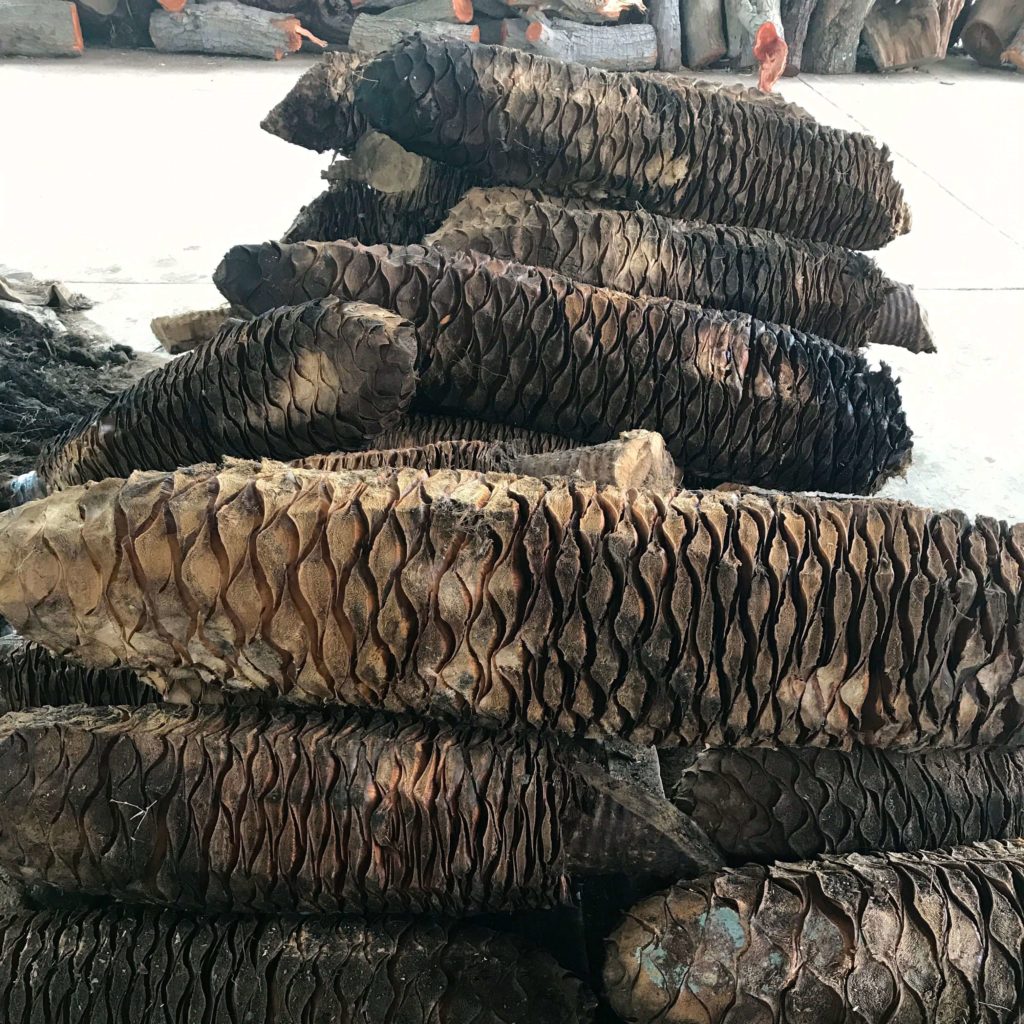
Cooked agave Karwinskii (Barril) at the Real Minero palenque
Blind tasting bottle lineup
| Mezcal | Mezcalero | Batch info | ABV | Avg. Price ($USD) |
| Cuentacuentos | Maximiliano “Serafin” García Gerónimo | March 2017 | 47.9% | $80 |
| Gracias a Dios | Oscar Hernandez | Lot GAD-C-0380 | 45% | $70 |
| Mala Idea | Celestino Sernas | Lot 001 | 45% | $50 |
| Bozal | Goyo Garcia Garcia | Feb. 2016 | 47% | $80 |
| Vago | Emigdio Jarquín Ramirez | April 2016 | 50.2% | $90 |
| El Buho | Octavio Jimenez Monterroza | 01/CSH – 2017 | 48% | $80 |
| El Yope | Don Ismael Rosales | Lot DIYH | 46% | $70 |
| Vago | Aquilino Garcia Lopez | November 2016 | 51.2% | $90 |
Aside from all being made from agave Cuixe, every mezcal in the tasting was distilled in a type of copper still and produced in the state of Oaxaca. No mezcal was under 45% ABV and none were over $90 USD for a 750ml bottle.
Here is the blind tasting in the random order that we tried them:
Cuentacuentos Cuish
Cuentacuentos is a relatively new brand of small batch mezcals from different parts of Oaxaca. The bottle labels might be the most detailed we’ve ever seen. As of this writing, Cuentacuentos is only available in Colorado but it is worth seeking out. This Cuish is their most popular bottle. It is produced by Maximiliano “Serafin” García Gerónimo in the artisanal style on a small hillside outside of San Dionisio Ocotopec, Oaxaca.
Dusty with unripe fruit. Dry mid-palate. Sour finish. Apple cider vinegar.
Smells Cuixey, vegetal aromas with hints of lettuce, tree nuts, cashews, and raisins. A bit light on the palate. Not overpowering, but full taste of orange. A bit muted. It doesn’t taste as good as it smells.
Great nose, “Cuishey”. Flavors of bananas and lime.
Our notes are not the most flattering, but after we sipped all of the mezcals we took another “lap” and this one of our favorites. After tasting all eight mezcals, this came out in the top three.
Gracias a Dio Cuixe
Gracias a Dios Cuixe is produced by Oscar Hernandez in Santiago Matatlan, Oaxaca. In terms of ABV, it was on the lower end at 45% ABV relative to the mezcals in our tasting. This was also one of the more affordable mezcals in the group.
Round and perfumed. Slight sour finish. Melon. Hickory. Radish.
Light and subtle on the nose. Not a ton of aromas. Notes of caramel, minerality, and fresh vegetation. A bit peppery in comparison to the first.
Taste like mint chocolate, earthy.
This may have been the first agave Cuixe mezcal I ever tried and it is a good introduction to the plant.
Mala Idea Cuishe
Mala Idea is produced by Celestino Sernas in Santiago Matatlan, Oaxaca. The bottle lists the plants as being 18 years old. This mezcal won Silver Medal at the 2016 San Francisco World Spirits Competition and 2015 Mezcal of the Year at the NY International Spirits Competition.
Great aroma. Cantaloupe. Soft and buttery. Caramel sweetness along with a peppery kick. Enjoyable.
Slightly minty aromas. Spearmint? Vanilla on the palate with a bit of mint and pepper. A little sharp with alcohol. It has some berry flavor as well.
Berries on the nose. Taste chocolatey and nutty.
After tasting all eight mezcals, this was in our top three.
Bozal Cuixe
Despite what the bottle has listed, Bozal Cuixe is produced by Goyo Garcia Garcia in San Luis Amatlan, Oaxaca (according to the brand).
Funky nose. Lots of green. Almost a toothpaste aroma. Strong Spearmint and cucumber. Leaves a diet tonic aftertaste. Little artificial.
The most floral by far. Strong floral aromas. Chemicals on the palate, cleaning fluid, and chlorine. A little like toothpaste mixed with chlorine. My least favorite.
Chlorine on the nose. Floral taste with some mint.
This mezcal had mixed reactions, mostly unfavorable. The aromas were incredible but that did not translate into incredible flavors.
Vago Cuixe - Emigdio Jarquín Ramirez
We tasted two agave Cuixe mezcals from Mezcal Vago. In our agave Tobala blind tasting, Emigdio’s Tobala was considered one of the best. In Miahuatlán, Oaxaca where Emigdio produces his mezcal, the area is quite arid and the ground water is full of minerals.
Finally smells like a Karwinskii. Vegetal and earthy. Citrus. Mint. Green Apple. No bite. Tasty. Complex.
Green aromas. Smells good and rounded. Sweet heat release. Slightly sweet. A bit orange and tangy. My favorite by far. This is head and shoulders above the others.
Great smell! Most complex. Taste of mint chocolate chip.
Emigdio strikes again! This was our favorite agave Cuixe of the tasting in a competitive lineup.
El Buho Cuishe
In 2017, El Buho began releasing Edition Especial mezcals from single varietals: Cuishe, Tepextate, and Jabali. El Buho Cuishe is produced by Octavio Jimenez Monterroza in Santiago Matatlan, Oaxaca.
Sour cherry. Tea. Coppery. Not amazing. Not terrible.
Aromas of slightly sour apples or pickled veggies. Sour on the palate as well. Funky. Dark Cherries, a lot going on, and all on the dark side. Dark fruit, dark chocolate, dark cherries. Good all around.
Smells like copper. Has metal taste.
This one was right in the middle for us. It is a decent expression of agave Cuixe but there is a bit of copper on the finish.
El Yope Cuixe
El Yope Cuixe is produced in San Baltazar Chichicapam, Oaxaca by Mezcalero Don Ismael Rosales. This is an interesting and under-the-radar brand with a full line of single agave mezcals.
Smells like bubblegum. Slight rubber. Chemicals mid palate. Watery honeydew.
Sharp aromas with sweet hints of bubble gum and raw sugar. Tastes like charcoal and singed wood, with a bit of tropical fruit and mint. I like this one.
Smells of and tastes like bubblegum.
We enjoyed this one quite a bit but it didn’t make the top 3. El Yope mezcals are very competitively priced and their Cuixe is no exception.
Vago Cuixe - Aquilino Garcia Lopez
Last but not least, the final agave Cuixe mezcal was produced by Aquilino Garcia Lopez under the Mezcal Vago label. According to the Mezcal Vago blog Mas Mezcal, Aquilino always adds 10% agave Espadin (raw agave weight) to his agave Cuixe mezcal because, “[it] adds a touch of sweetness and helps open up the natural flavor of the Cuixe and provide a lasting finish.”
Coating of Green Tic Tacs. Oranges on the palate. Pretty nice. Easy finish.
Light aromas. Tastes like dank fruit. Very wet finish. More notes of overripe mango and burnt carrots. Enjoyable.
Fruity and soft on the tongue.
This mezcal was unique to our lineup because it wasn’t 100% agave Cuixe but we made an exception and we’re glad we did. This was definitely in the top 5 of our lineup.
In conclusion
Similar to our agave Tepextate mezcal tasting, the mezcals from the same agave type shared many similar flavor notes. This might sound obvious but it isn’t always that case. Read our agave Tobala blind tasting blog to learn more – the flavors varied wildly.
While we couldn’t fit all the agave Cuixe mezcals into the tasting, be on the lookout for these other bottles:
- Rey Campero Cuishe
- This is one of Rey Campero’s best and we accidentally forgot to include in the tasting! It would have done very well.
- El Jolgorio Cuixe
- Try it at least once – that might be all you need 😉
Have you done a mezcal blind tasting? What flavors do you notice in agave Karwinskii mezcals? Thanks for reading and stay tuned for our next blind tasting blog.


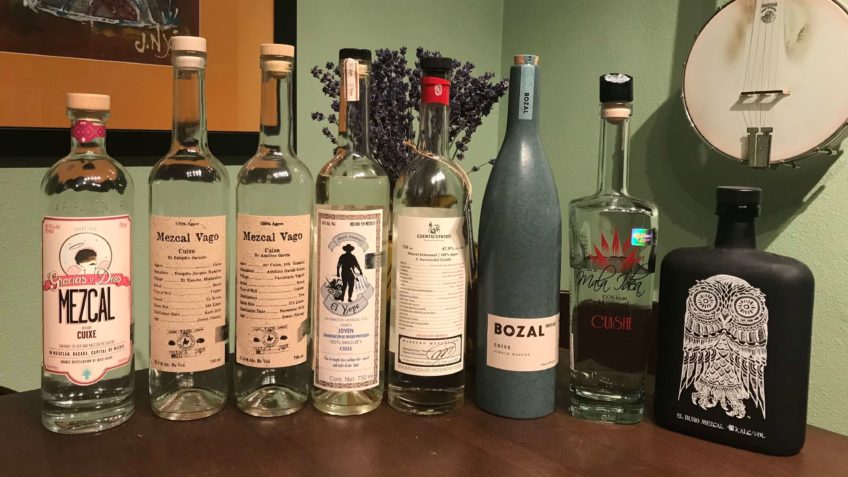
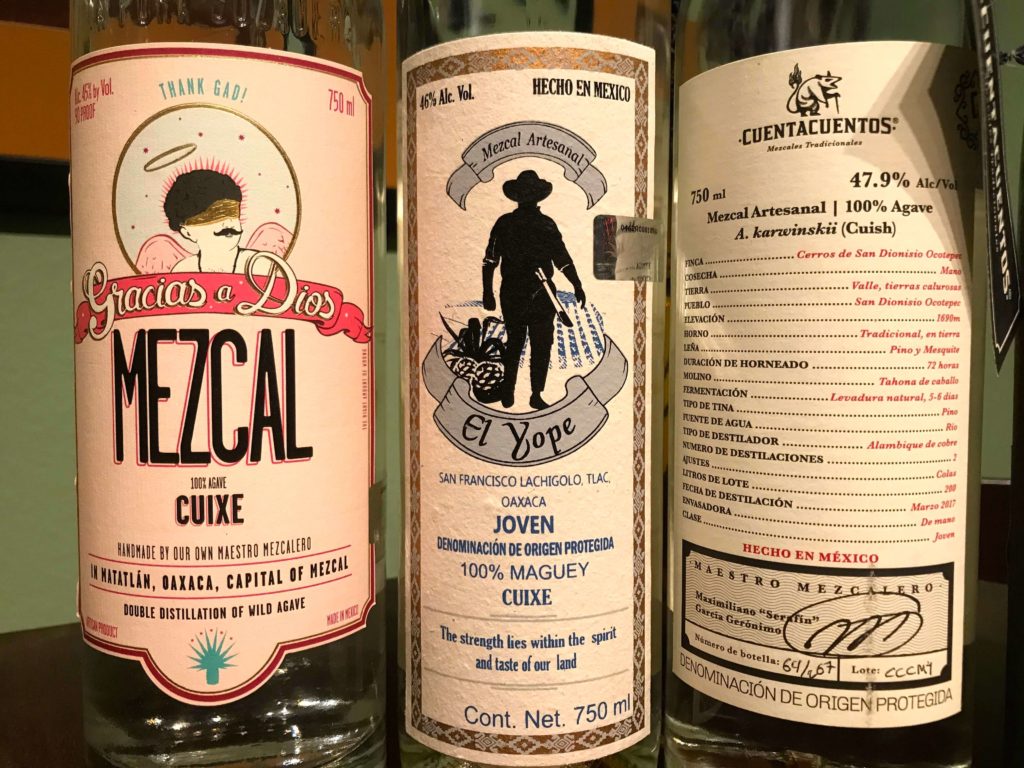
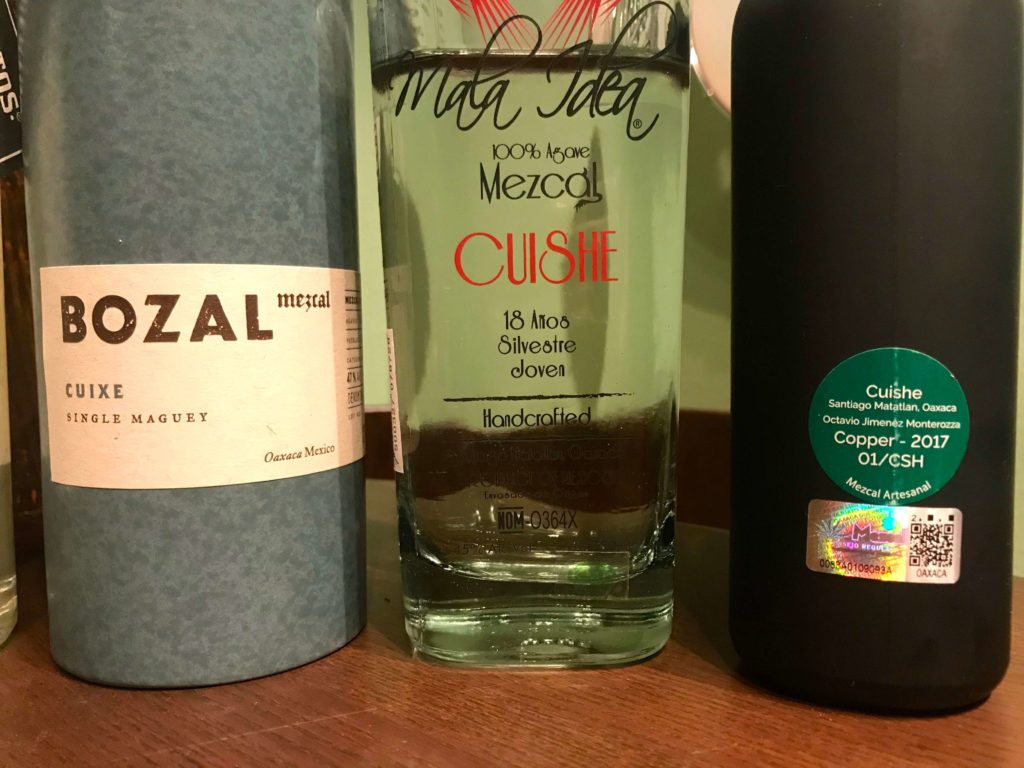
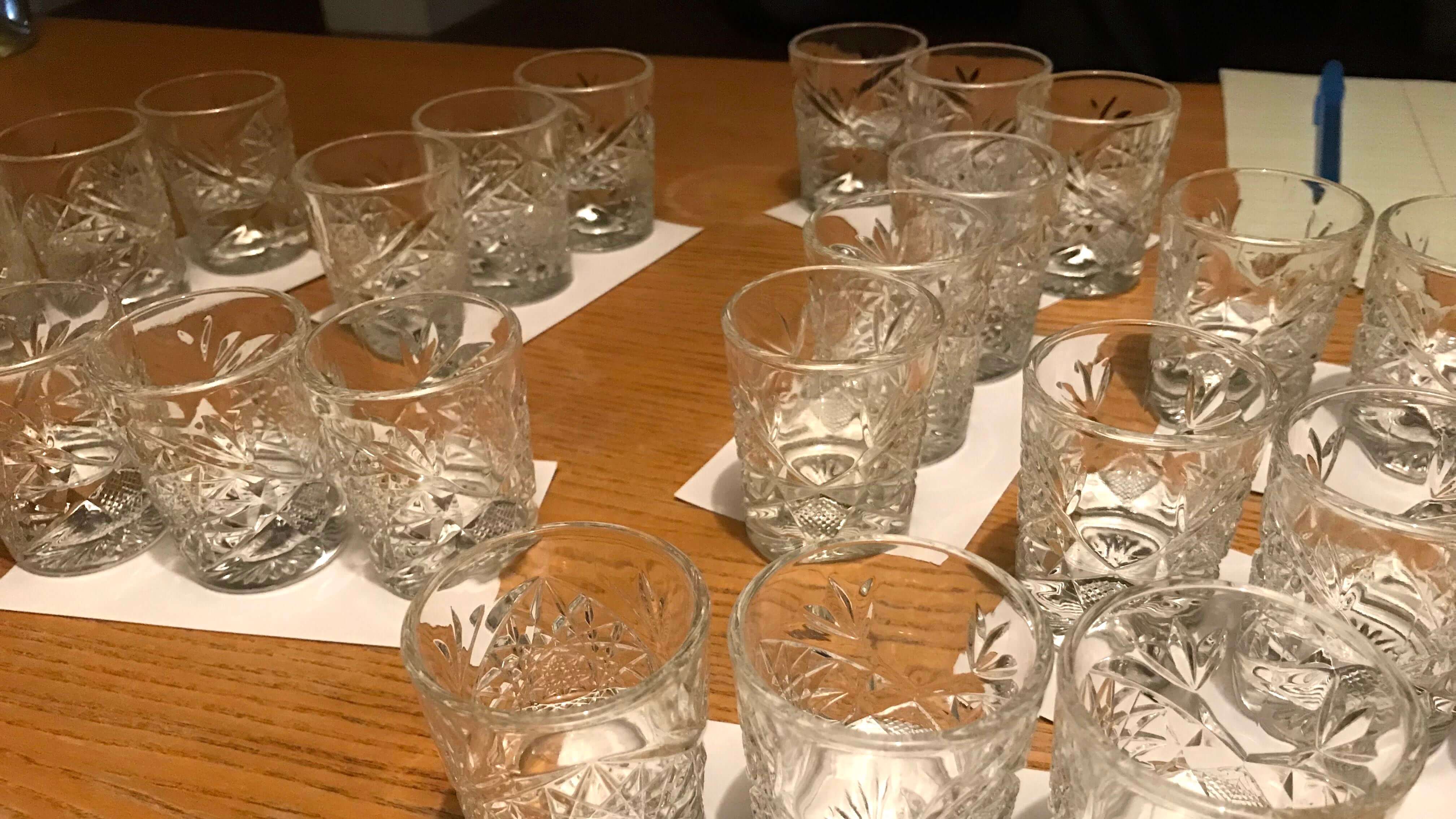
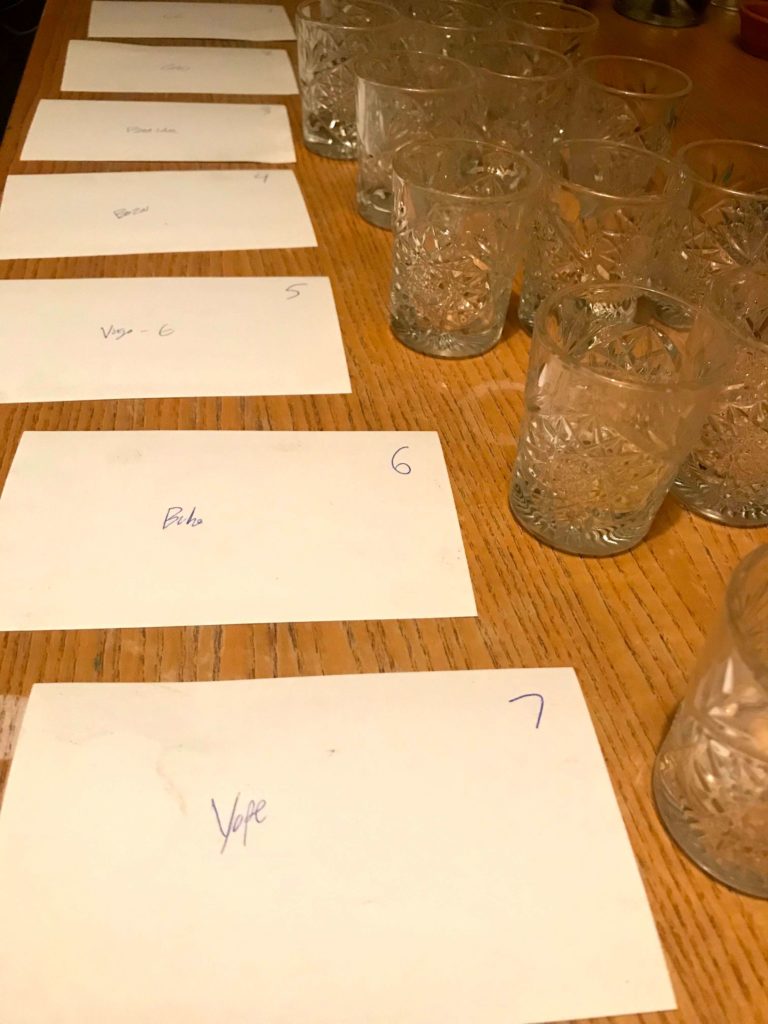
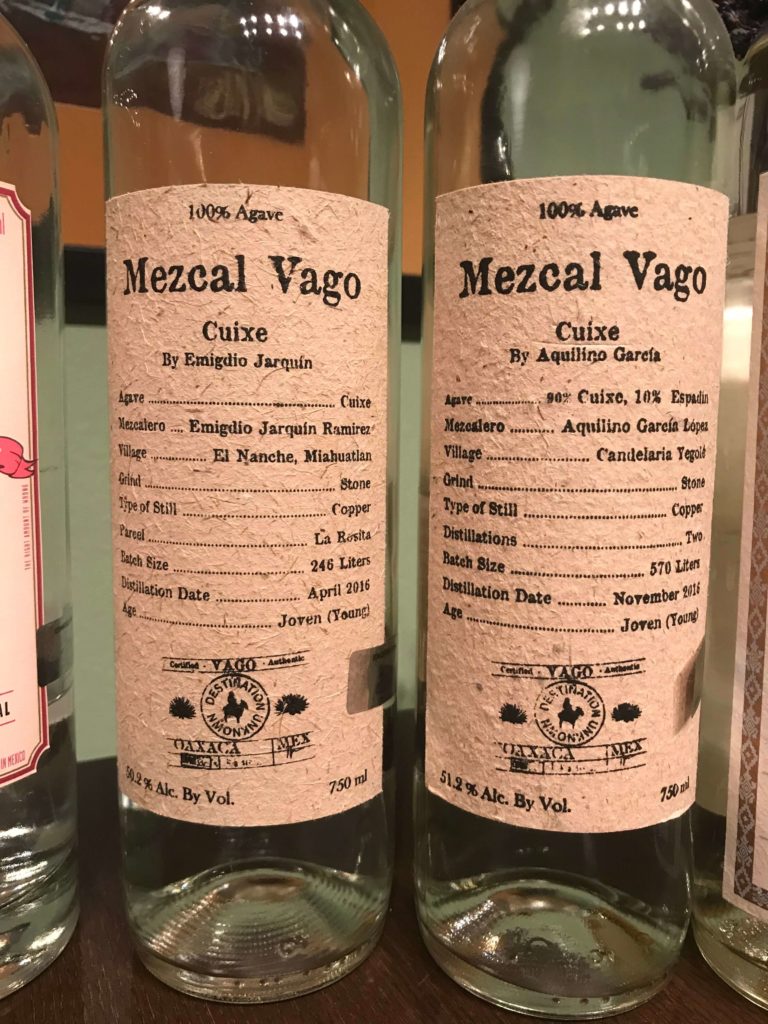
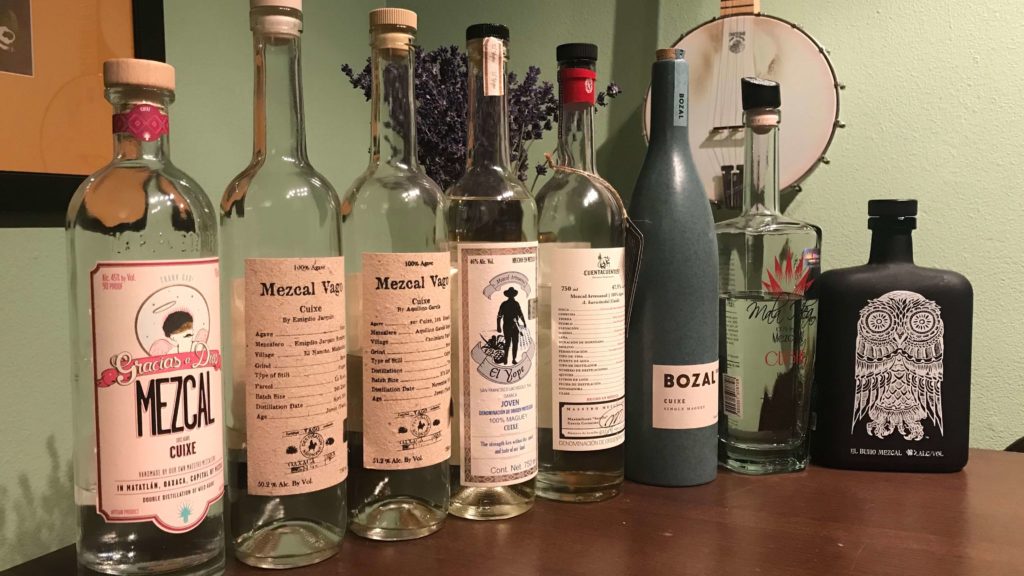


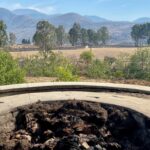
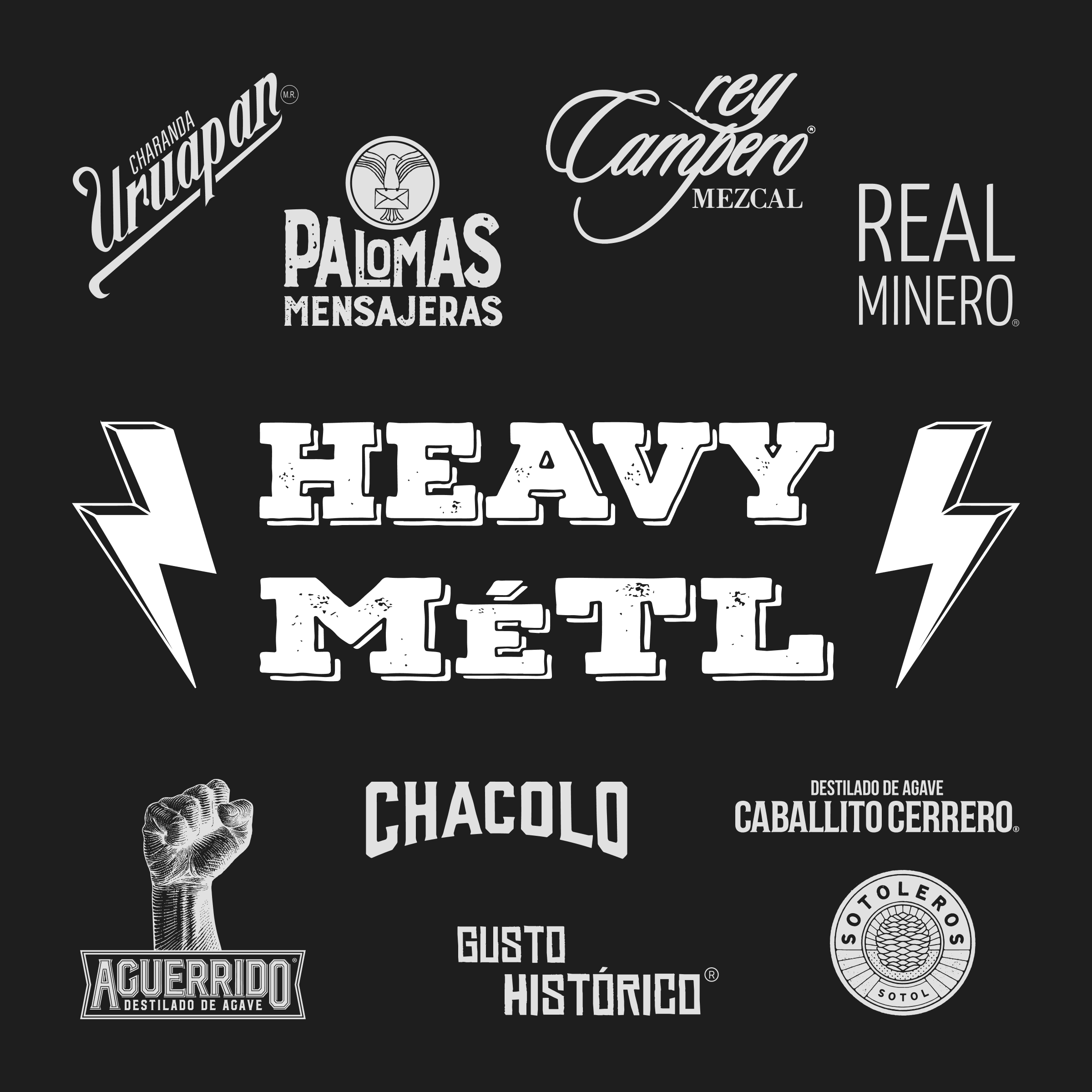
John H
6 years agoIt is funny, when I started the article I thought, they should have included Rey Campero, and then there it was!
Rakhal
6 years agoGreat article!! I love doing blind tastings! It’s the only way to judge a spirit only on its flavor without the distraction of knowing what brand it is or how much it costs. I was especially interested in reading about “Cuishe” in Santa Catarina Minas. The last time I was there in December I tried an excellent Cuishe at Palenque El Conejo (mezcalero Antonio Carlos Martinez) and I saw that he had labeled it agave rhodocantha and I foolishly assumed he made a mistake. I’m glad you set me straight, that’s the last time I will assume I know more than the Mezcalero!! By the way where can I get some of those glasses??
TylerAuthor
6 years agoGlad you enjoyed the blog. The style of our glassware is called “Hobstar” (shot glasses) and we got them at an online restaurant supply store. The minimum order was two dozen but that’s a good amount for blind tastings because you want the glassware to be identical. It looks like the place we ordered them from, Katom, no longer has them but you might be able to find them elsewhere. Saludos